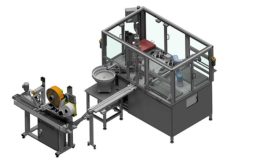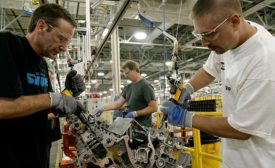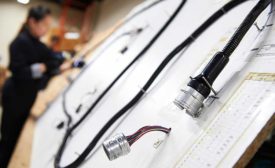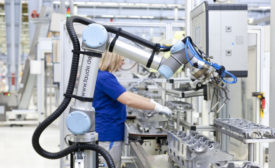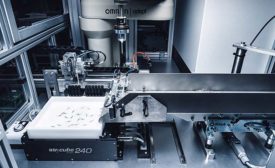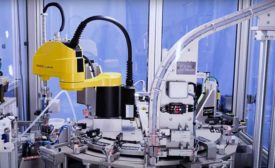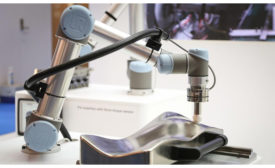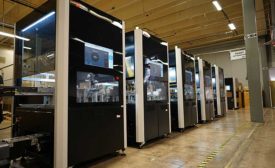Articles by John Sprovieri
Wire Harness Assembly: Business Outlook
Harness assemblers took a hit in 2020, but the economic forecast for 2021 looks better.
April 20, 2021
Training for Wire Harness Assembly
WHMA and IPC have developed a new training program for workers who are new to wire harness assembly.
April 16, 2021
Flexible, Robotic Cells Automate Back-End Assembly Processes
Microfactories combine software, machine learning, machine vision and robotics to create intelligent assembly lines.
March 15, 2021
Never miss the latest news and trends driving the manufacturing industry
Stay in the know on the latest assembly trends.
JOIN TODAY!Copyright ©2024. All Rights Reserved BNP Media.
Design, CMS, Hosting & Web Development :: ePublishing
